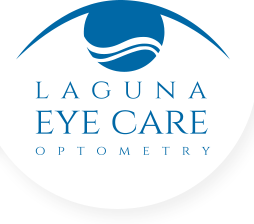Cataract
A cataract is a condition which causes clouding of the lens in the eye, resulting in blurry vision. The lens is situated behind the iris, the dark portion of the eye, and is not visible. The lens is mostly made up of water and proteins. These specific proteins provide the lens its transparent structure. Any structural change in these proteins can alter the clarity of the lens and negatively impact vision. The lens becomes cloudy when a cataract occurs and is seen as a white cloudy ball in the center of the iris. Cataracts are classified based on their location in the eye. They include:
- Nuclear cataract: Cloudiness is present in the center of the lens.
- Cortical cataract: Cloudiness is seen in the outer peripheral or cortical region of the lens.
- Subcapsular cataract: Occurs at the back of the lens capsule or subcapsular region. This develops faster than the nuclear and cortical cataracts.
The development of a cataract is common in aged individuals due to related changes that occur in the structure of the lens proteins. Cataracts can also be inherited or can develop in infants as a result of infections in the mother during pregnancy. They can form as a complication of other diseases such as glaucoma and diabetes, or can develop after certain injuries. Prolonged use of corticosteroid inhalers and eye drops, and excessive exposure to UV rays, X-rays and other radiation during radiotherapy, can increase the risk of cataract formation.
To assess the impact of the cataract on your vision, your doctor will perform a Visual Acuity Test where the patient reads an eye chart from a particular distance with one eye at a time. The doctor then examines the cornea, iris, and lens to detect any abnormalities.
Surgery is the only treatment for cataract and is recommended based on the severity of the condition and the impact it will have on the daily activities of the patient.
The treatment options include:
- Advanced Phacoemulsification
- No stitch, micro incision cataract surgery (MICS)
- Phemtosecond laser assisted cataract surgery (FLACS)
- Wavetec ORA intra- surgical aberrometry
- Intra-ocular lens implants (IOL) that include Monofocal, Toric (for astigmatism), Accommodating (Crystallens) and Multifocal designs (Symphony, Tecnis, Restor)
Please call us at to schedule a consultation to assess whether cataract surgery is needed and to discuss your options. We co-manage cataract surgeries together with the region’s most respected and experienced eye surgeons.
